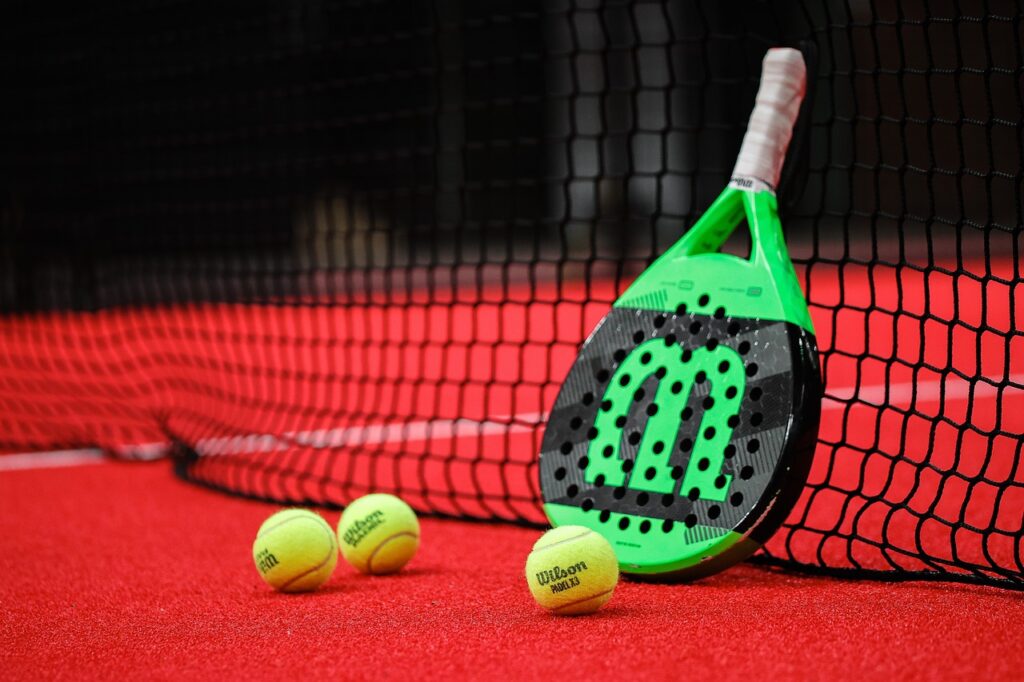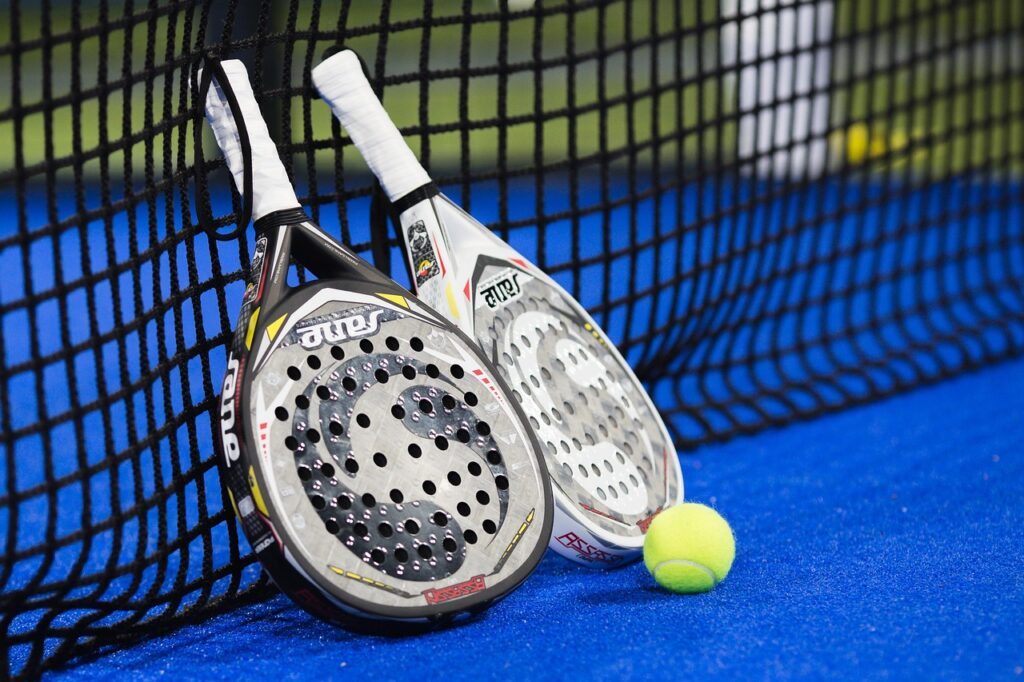Fast reflexes win points in padel. Whether you’re volleying at the net, reacting to a smash, or chasing a rebound off the glass, quick reactions are the difference between winning and losing.
This guide breaks down how to improve your padel reflexes and reaction time with practical training tips and drills. It works for both beginners and competitive players.
Why Reflexes Matter in Padel
Padel is a fast-paced sport with tight spaces, quick exchanges, and unpredictable bounces off the walls. You rarely have time to think.
Improving your reflexes helps you:
- Return difficult volleys
- Handle smashes and fast shots
- Defend from the back wall
- Anticipate and react to your opponent’s next move
1. Train Your Split Step
The split step is your ready position. Without it, you’re late to every ball.
How to do it:
- Slight hop just before your opponent hits the ball
- Land with knees bent, feet shoulder-width apart
- Be ready to move in any direction
Drill:
Do 3 sets of 10 split-step reactions with a partner or coach feeding balls immediately after your landing. Focus on speed and explosive movement.
New to Padel? Read our article about Essential Padel Tips for Beginners
2. Use Reaction Ball Drills
A reaction ball bounces unpredictably. It forces your brain and body to respond faster.
How to train:
- Drop the reaction ball from shoulder height
- Try to catch it as fast as possible
- Add variations like one-handed catches or alternating hands
Bonus: Use a wall to rebound the ball and track it for visual speed training.
3. Play Fast Volley Rallies
Quick volleys at the net sharpen your reflexes under real match conditions.
Drill:
- Stand close to your partner, just behind the service line
- Rally using only volleys, no bouncing
- Start slow, then increase speed
Keep the intensity high. This builds hand-eye coordination and decision-making speed.
4. Shadow Movements With Speed Focus
You don’t always need a ball to train your reactions.
Drill:
- Practice split steps, quick sidesteps, and lunges in front of a mirror
- Add changes in direction every few seconds
- Use a metronome or timer app to keep your pace high
This builds explosive movement habits that carry over to real games.
5. Use Reaction Apps or Light Training Tools
Several mobile apps and light-based tools like FitLight or Reflexion give live visual cues.
How to use them:
- Set up targets on the wall or floor
- React to the light or screen prompt by touching or stepping
- Keep sessions short (1–3 minutes) to maintain focus
These tools mimic the unpredictability of padel shots and train your eyes and brain. But remember that the best reaction and precision improvements come with actual play time.
You can improve your skills, control, and fitness at home with the right drills and exercises. Read more: Padel Training at Home: Drills and Exercises Without a Court
6. Practice With Pressure
Your reflexes need to work under match pressure, not just during drills.
Drill:
- Play points starting from a disadvantage (e.g., standing at the back wall)
- Your goal: get back into the rally
- Focus on calm breathing and reacting without overthinking
This trains your nervous system to perform under stress.
7. Improve Visual Tracking
Better eye tracking means faster decisions.
Exercises:
- Follow a ball slowly moving side to side
- Track it in a zigzag pattern
- Try juggling with 2 or 3 balls
Do this daily for just 5–10 minutes to build visual sharpness.
8. Get Enough Sleep and Rest
You can’t react fast if your brain is foggy.
Lack of sleep:
- Slows your reaction time
- Weakens focus and coordination
Aim for 7–9 hours per night and consider short naps after training sessions.
9. Train With Faster Players
Challenge yourself.
When you play against faster, more aggressive opponents, your reflexes get tested. You’ll miss more shots at first, but over time, your reactions catch up.
Look for:
- Players who volley hard and early
- Partners who move fast at the net
- Competitive matches that stretch your limits
10. Film and Analyze Your Reaction Habits
Record your matches or drills. Look for:
- Late starts
- Missed split steps
- Overreactions or hesitation
You’ll spot patterns you didn’t notice in real time. Fix them one by one.
Sample Reflex Training Plan (15–20 minutes, 3x/week)
- Warm-Up (3 minutes)
- Jumping jacks + arm swings
- Light volleys
- Split Step + First Step Drill (5 minutes)
- Coach or partner calls direction
- Quick movement after split step
- Reaction Ball Drill (5 minutes)
- 2 rounds of 1-minute catch sessions
- Rest 30 seconds between rounds
- Fast Volley Rallies (5–7 minutes)
- High-intensity with a partner
- Focus on short contact time
Key Takeaways
- Quick reflexes are a must in padel, especially near the net
- You can train reflexes like any other skill
- Use drills, tech, and match play to boost speed
- Rest and recovery are part of reaction time too
Want more padel training guides like this one?
Sign up for our newsletter or share this article with a friend who needs quicker hands.

